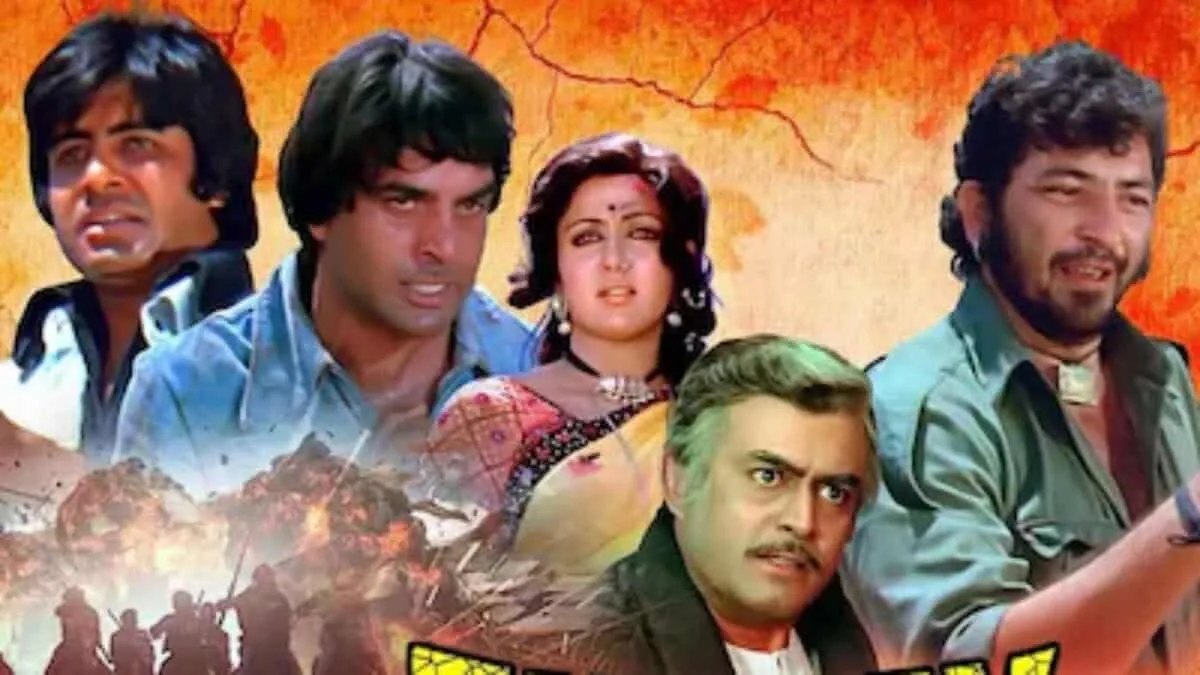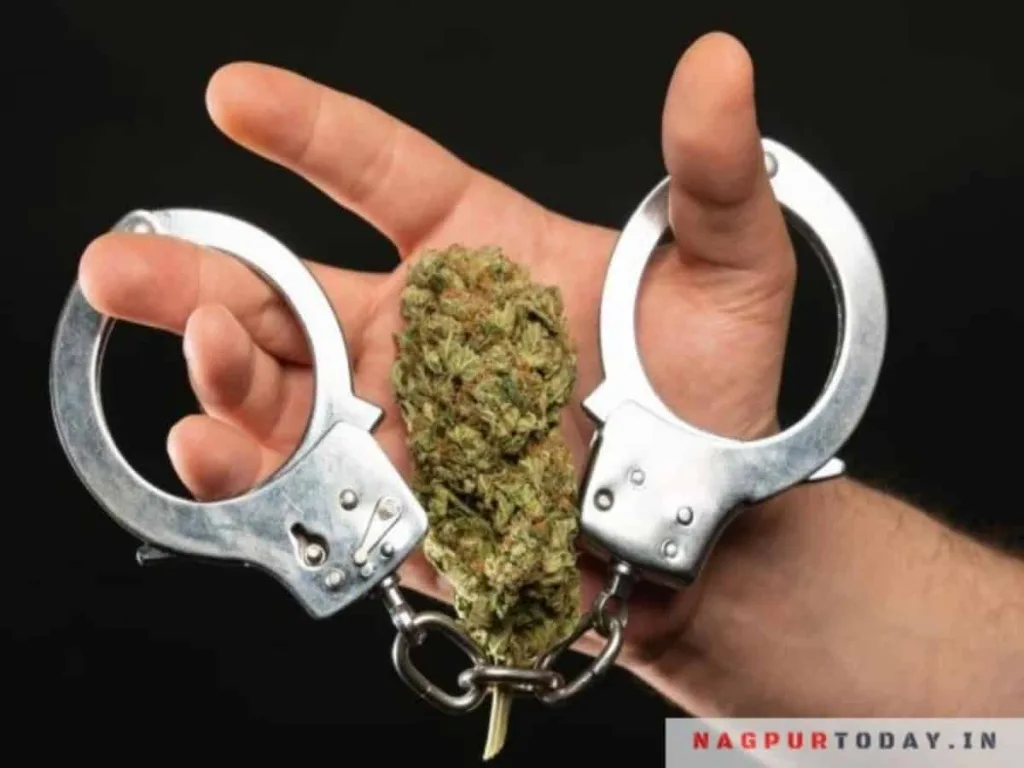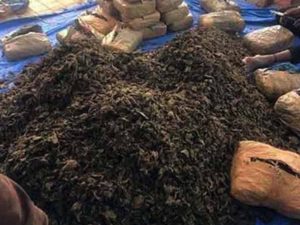New Delhi: “Sholay” is a Hindi cinema classic that owes a lot to its memorable dialogues for its timelessness. Written by the acclaimed duo of Salim Khan and Javed Akhtar, the film boasts of lines that have stood the test of time.
The Ramesh Sippy-directed film that released on August 15, 1975 and gave film lovers characters like Jai-Veeru (Amitabh Bachchan-Dharmendra), Thakur (Sanjeev Kumar), Gabbar (Amjad Khan), Basanti (Hema Malini), Radha (Jaya Bachchan) and many more.
“Sholay” celebrates its golden jubilee on Friday. Here are some of the most repeated dialogues from the movie:
“Kitne aadmi the?”: Uttered by the legendary villain, Gabbar Singh, this dialogue showcases the tyranny of the bandit as he mocks his henchmen for failing to capture Jai and Veeru despite outnumbering them.
“Tera kya hoga Kaliya?”: In the same menacing scene, Gabbar points his pistol at his right hand man and jokes. His joyous expression is contrasted with the terrified faces of his sidekicks.
“Jo darr gaya samjho marr gaya”: After mocking his henchmen, Gabbar laughs and then plays a game of Russian roulette with the three bandits. In a chilling scene, Gabbar and the crowd laugh after the game, and the three henchmen join in the laughter with relief. But then Gabbar turns and shoots them point blank.
“Yeh haath mujhe de de Thakur”: Revenge is the running thread that binds the film’s narrative. Thakur arrests Gabbar and tells him “Ye haath nahi phaansi ka phanda hai”. Gabbar remembers it and when he runs away from jail, he exacts his revenge by killing Thakur’s family and chopping his hands off. This is when he utters this dialogue.
“Loha lohe ko katta hai”: Thakur Baldev Singh uses this metaphor to convince ex conmen Jai and Veeru to embark on a mission to defeat Gabbar because as a cop, he has already failed to do so himself.
“Basanti, in kutton ke saamne mat naachna”: Veeru says this to his love interest Basanti when they are captured by Gabbar and he asks her to dance or see Veeru die. The dialogue encapsulates Veeru’s bravery as he refuses to give in to the cruelty.
“Itna sannata kyun hai bhai?”: This heartbreaking line is delivered by A.K.Hangal’s character, Imam chacha. He is blind and does not know yet that his son has been killed by Gabbar. The villagers, Basanti and Veeru are scared to break the news to Imam chacha, who eventually breaks down while holding his son’s body.
“Tumhara naam kya hai, Basanti?”: Bachchan and Dharmendra’s Jai and Veeru meet Basanti, the talkative tangewali, once they reach Ramgarh. She keeps referencing her name throughout their journey from the train station to Thakur’s home. At the end, she asks, ‘Tumne ye nahi puccha ki humara naam kya hai’, prompting Jai to sarcastically ask, “Tumhara naam kya hai, Basanti?”
“Hum angrezon ke zamane ke jailor hai”: This comedic dialogue is delivered by the jailor played by Asrani. The comical character was modelled after Charlie Chaplin in “The Great Dictator”. The character explains how he doesn’t believe in reforming the prisoners (Jai and Veeru) as he finds it useless. This scene, also later highlights the great character development as Jai and Veeru indeed change and become the heroes of the story.
“Arre o Samba, kitna inaam rakhe hai sarker hum par?”: Another classic dialogue by Gabbar Singh who asks this question just to boast about his notoriety. This solidifies Gabbar’s character as someone who takes pride in the atrocities he commits, often enjoying the infamy that follows.







